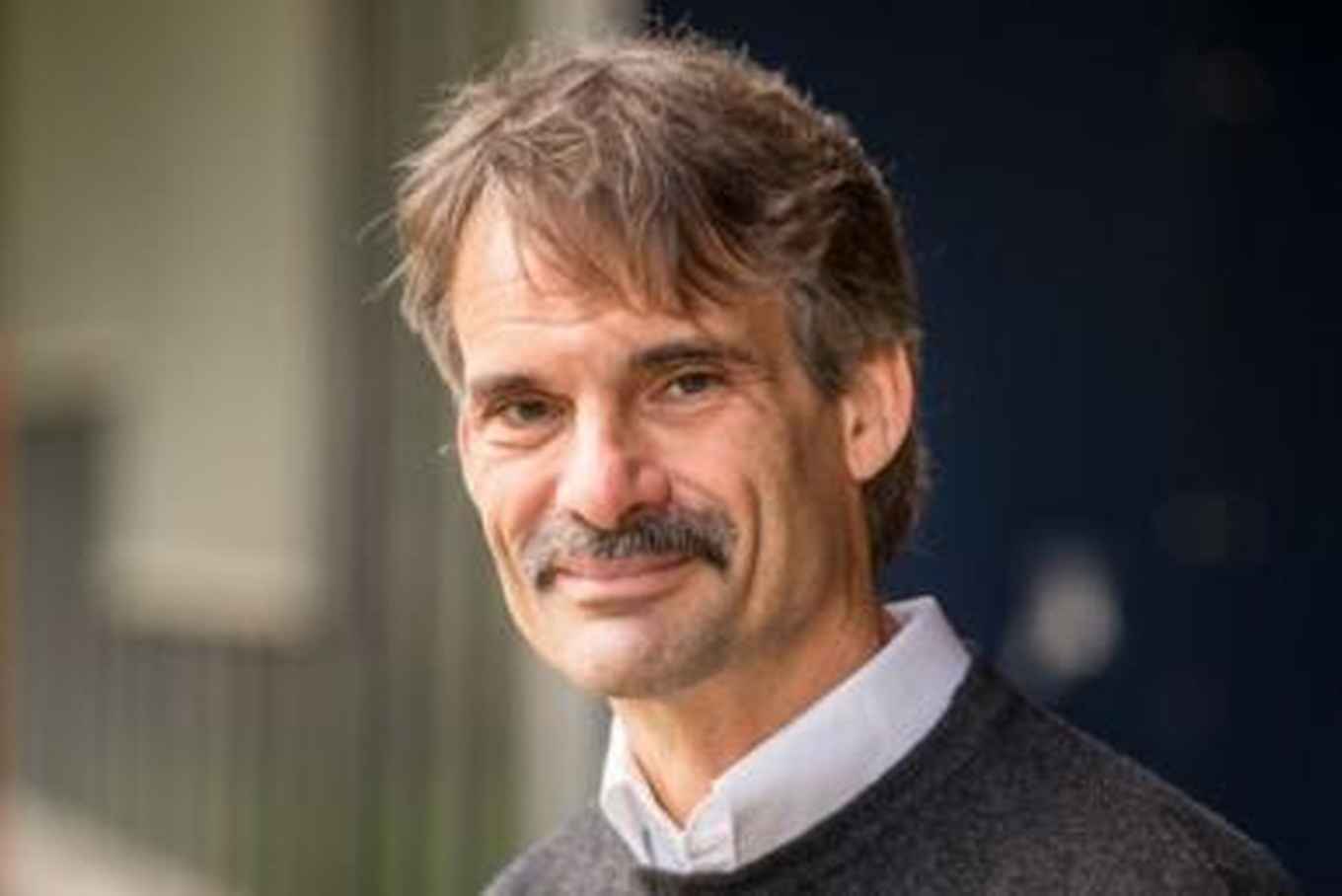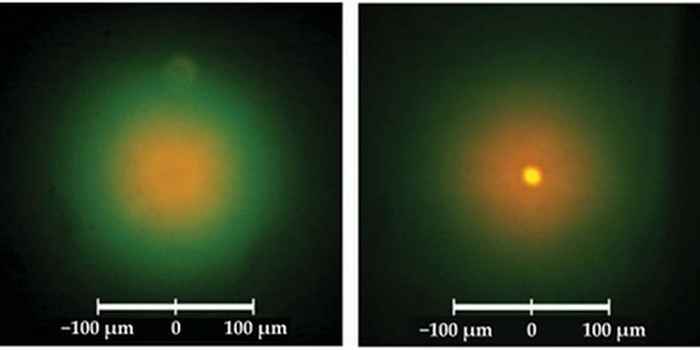FOM Projectruimte Grant for Henk Stoof and Dries van Oosten (Utrecht University)
Shaping the sound of light
24 March 2015

A Bose-Einstein condensate is a unique state of matter that normally occurs at temperatures just above absolute zero. At those temperatures, all the particles are in their lowest quantum state, which makes them indistinguishable from each other. A Bose-Einstein condensate thus behaves as a single entity, like one big super atom.
Room temperature
In 2010, scientists at the University of Bonn created a Bose-Einstein condensate of light particles or photons, something experts previously had thought to be impossible. One of the unique features of a Bose-Einstein condensate of light is that it can be created at room temperature, making it very accessible for experimental research.

Superfluid
A Bose-Einstein condensate of light behaves as a superfluid, explains Henk Stoof, professor of theoretical physics at Utrecht University. “As a result, sound waves may occur in the condensate, which explains the title or our proposal.” The superfluid light has several unique properties, such as the fact that the number of photons is not conserved. That leads to new fundamental questions about the close relationship between superfluidity and spontaneous symmetry breaking.
Black hole analogue
Stoof and Van Oosten will develop a new way of enclosing the light, by trapping it in a semiconducting material with a pattern of air-filled holes. Such a system is flexible and controllable, which is vital for the applications they have in mind. One of them is to make a black hole analogue by creating a sink for light in the center of the cavity. That gives the researchers the unique possibility to study the famous Hawking radiation emitted by a black hole - in a tabletop experiment.